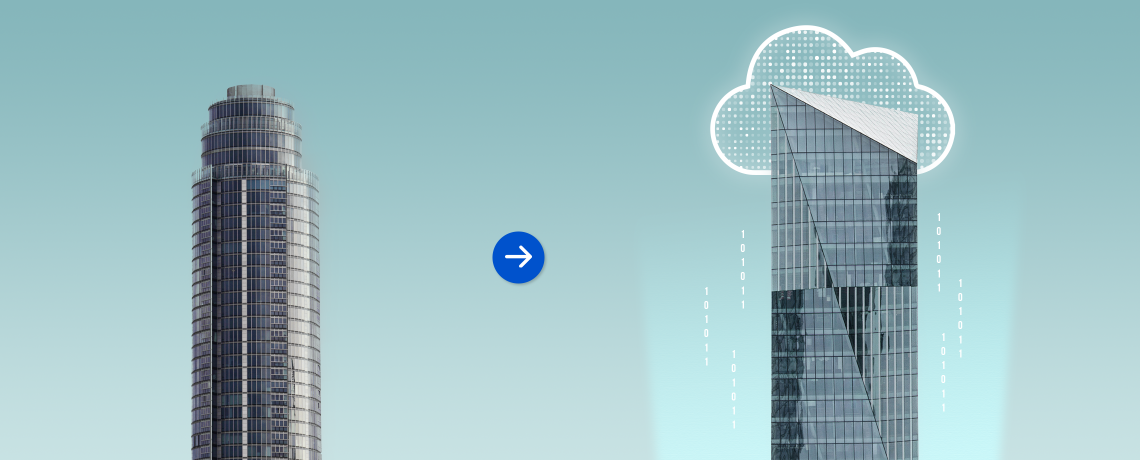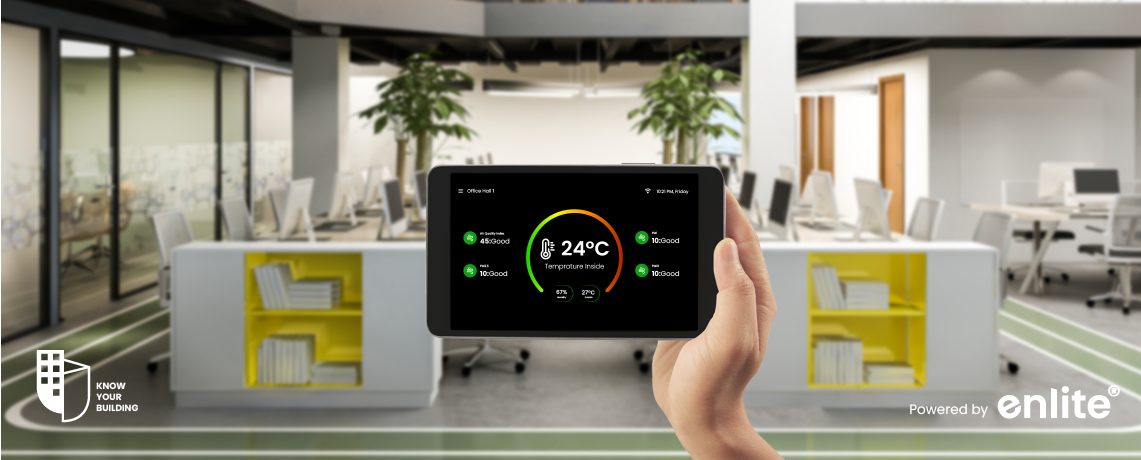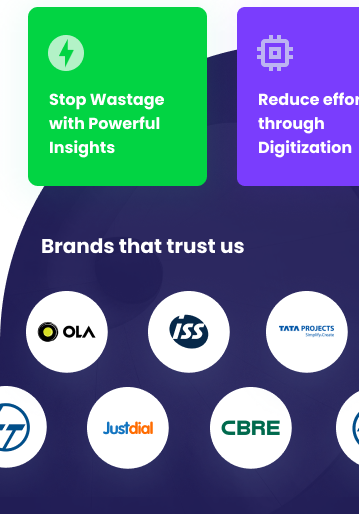As technology evolves, buildings are no longer just physical structures—they are becoming intelligent entities capable of managing themselves with minimal human intervention. Transitioning to a smart building is not only a step toward improving operational efficiency but also a move toward sustainability and reduced costs. Whether you’re upgrading an existing building or designing one from scratch, careful planning is crucial for a successful transition.
Here’s a guide with essential tips to help you embrace the future of smart buildings.
1. Assess Your Current Building Infrastructure
Before making the leap, it’s critical to evaluate the existing systems and infrastructure. Identify areas where technology can be integrated, such as lighting, HVAC, security, and energy management.
- Tip: Conduct a building audit to understand energy consumption, operational inefficiencies, and maintenance challenges.
- Why it Matters: Knowing where to start helps prioritize upgrades and allocate resources effectively.
2. Define Your Objectives
Every building is unique, and so are its requirements. Define clear objectives for transitioning to a smart building.
- Key Considerations:
- Are you aiming to reduce energy costs?
- Do you need better security and access control?
- Is occupant comfort a priority?
- Tip: Align these goals with your budget and long-term vision for the building.
3. Invest in Scalable Technology
Technology evolves rapidly, and your smart building systems should be capable of adapting to future innovations.
- Tip: Choose solutions that are modular and scalable, allowing you to add new features or expand systems as your needs grow.
- Example: A cloud-native wireless Building Management System (BMS) is a perfect choice, as it offers scalability and seamless integration with new technologies.
4. Focus on Energy Efficiency
One of the biggest benefits of transitioning to a smart building is the ability to optimize energy consumption.
- Steps to Take:
- Install energy-efficient lighting with sensors.
- Upgrade HVAC systems for smart temperature regulation.
- Use real-time monitoring to track and reduce wastage.
- Tip: Look for solutions that automate energy-saving measures, such as turning off lights and adjusting HVAC settings when spaces are unoccupied.
5. Prioritize Data and Analytics
Data is at the heart of every smart building. By collecting and analyzing data, you can make informed decisions to improve performance and efficiency.
- Tip: Implement systems that offer real-time analytics on energy usage, occupant behavior, and system health.
- Why it’s Important: Data insights enable predictive maintenance, reducing downtime and saving costs.
6. Ensure Seamless Integration
A smart building is a connected ecosystem of devices, sensors, and systems. Seamless integration is key to ensuring these components work together efficiently.
- Tip: Invest in open-source or highly integrative platforms that allow compatibility with a wide range of devices and systems.
- Pro Tip: A cloud-native wireless BMS ensures smooth integration without the need for extensive cabling.
7. Enhance Security Features
Smart buildings leverage advanced security measures to safeguard occupants and assets.
- Steps to Take:
- Install smart access control systems.
- Use surveillance systems with real-time alerts.
- Implement cybersecurity measures to protect sensitive data.
- Why it Matters: Modern security systems ensure safety while providing valuable insights into building operations.
8. Train Your Staff and Occupants
Even the smartest building systems are only as effective as the people who use them. Training is an essential part of the transition process.
- Tip: Conduct workshops and provide resources to train staff and occupants on using new technologies effectively.
- Bonus: Informed users can also help identify inefficiencies or potential improvements.
9. Partner with Experts
Transitioning to a smart building is a complex process that requires expertise. Partnering with experienced technology providers and consultants ensures smooth implementation.
- Tip: Work with companies that specialize in smart building solutions, like Know Your Building.
10. Start Small and Scale Gradually
If budget constraints are a concern, start by upgrading one aspect of your building, such as lighting or HVAC systems, and scale up over time.
- Tip: Monitor the results of initial upgrades to refine your approach for future implementations.
Take the First Step Toward a Smarter Future
Transitioning to a smart building is a significant investment, but the rewards are immense—energy savings, better security, and enhanced occupant comfort. A cloud-native wireless BMS from Know Your Building makes the process seamless and scalable.
Contact us today for a free demo and see how our solutions can transform your building.














